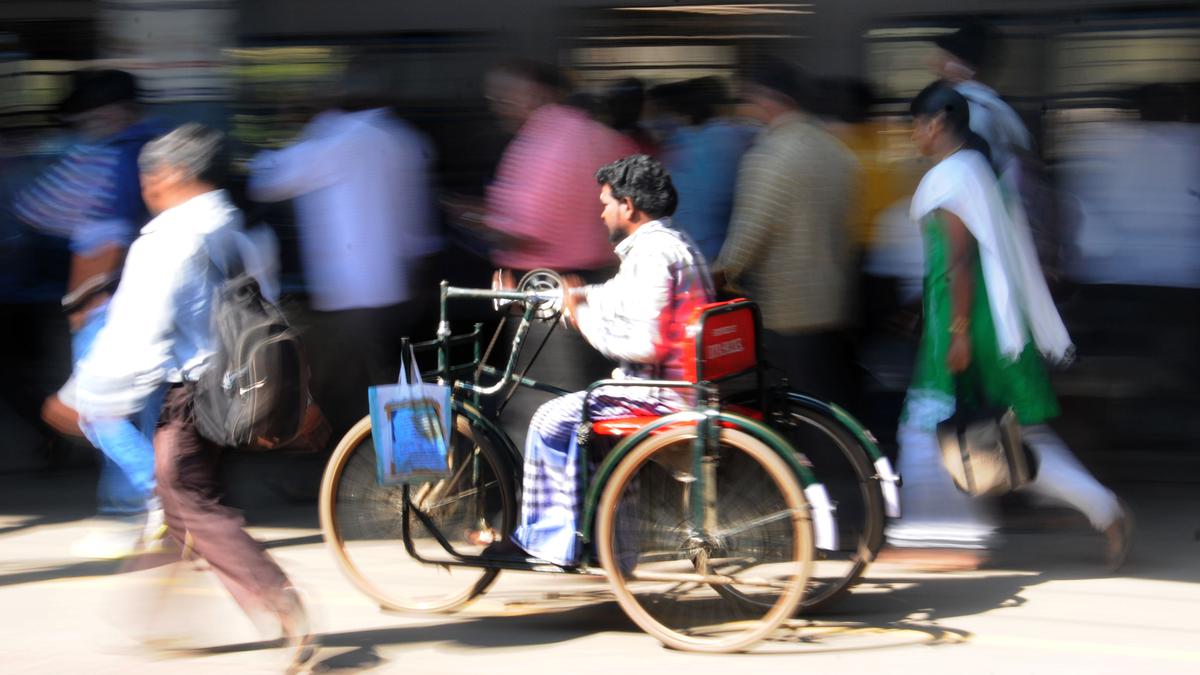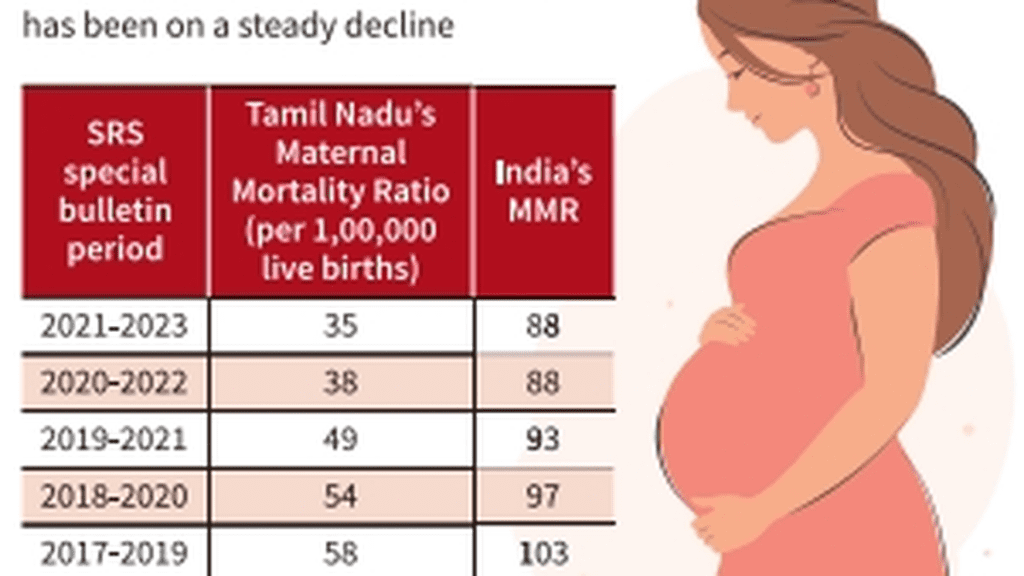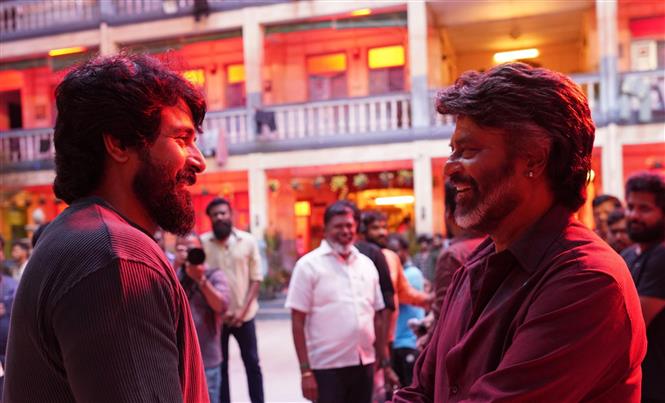Beyond survival to dignity: Examining disability inclusion in the Union Budget 2025 Premium

Beyond survival to dignity: Examining disability inclusion in the Union Budget 2025 Premium
Union Finance minister Nirmala Sitharaman did not mention persons with disabilities even once in her entire Union Budget 2025 speech, according to a response to the Budget from non-profit organisation, The Centre for Inclusive Policy.
Disability rights activists believe that a similar approach has been taken towards resource allocation, which has remained a recurring pattern year after year. Several disability rights organisations such as the National Platform for the Rights of the Disabled (NPRD) have expressed their strong protest against the consistent neglect shown towards persons living with disabilities.
The budget earmarked for disability welfare this year is marginally increased to ₹1,275 crore as compared to ₹1,225 crores in 2024, an increment of only 3.43% compared to the previous year. However viewed in context of a budget which increased from ₹30 lakh crore in 2020-2021 to ₹50 lakh crore in 2025-2026, we see that budget allotment for disability welfare has fallen from Rs. 1,325 crores to Rs. 1,275 crores. Specific allocations for persons with disabilities have also fallen from 0.008 to 0.007% of the GDP over the past year, according to The Centre for Inclusive Policy
Even for a scheme like the Assistance to Disabled Persons for Purchase/Fitting of Aids and Appliances, where the budgetary allocation has been marginally increased, there are other issues that might undercut the benefits, activists believe.
“For example, GST (goods and services tax) continues to exist on essential assistive devices, which are like body parts for people with disabilities: mobility aids, prosthetics, hearing aids and modified vehicles,” says Satendra Singh, a disability rights activist. “Compare that to the fact that import duty from branded jewellery has been reduced from 25% to 20%,” he adds.
Despite a 2023 Parliamentary panel, led by BJP MP Rama Devi, urging the removal of the 5% GST on essential assistive devices and requesting prompt action from the Social Justice Ministry, the latest budget fails to address this issue.
According to an interview by Arman Ali, executive director, National Centre for Promotion of Employment for Disabled People (NCPEDP), no incentives are offered to domestic manufacturers of assistive technology while a strong push has been given to the ‘Made in India’ toy industry.
The budget cuts to SIPDA (Scheme for Implementation of the Rights of Persons with Disabilities Act, 2016) from ₹251 crore in 2020-2021 to 115 crore in the current year has been a matter of great concern for activists. It is an umbrella scheme which consists of several important components such as the Accessible India Campaign which promised to work on accessible infrastructure, an online library for people with disabilities and various scholarships.
Of the various schemes, the consistent budget cuts to SIPDA perhaps, have been due to a cycle of underutilisation of funds leading to a lower allocation of funds. This leads us to the next major problem that has plagued disability budgets for several years: the budget allocation only indicates the government’s intent of prioritising a certain amount of money for a specific cause which may or may not convert into actual spending. The actual utilisation of the budgetary allocation from the Union Budget for people with disabilities is dismal, data over the years suggests. For example, while in 2020-2021 around 64% of funds were not used, this increased to 86% and 79% in the subsequent years with a whopping 93% of funds remaining unused in 2023-2024.
This reality of underspending was acknowledged when a Parliamentary Standing Committee questioned the Department of Empowerment of Persons with Disabilities about their underutilisation of funds for SIPDA in 2020-2021. The response given by the department was the lackadaisical nature of State governments in submitting proposals and disruptions caused by the COVID pandemic — but in 2025, at least one of these two reasons doesn’t hold true. Ironically, this under-utilisation problem has been dealt with by making budget cuts rather than ensuring better implementation measures over the years.
As a lot of government schemes work on public-private partnerships, a leading disability activist, on condition of anonymity, said the government’s crackdown on NGOs might be a possible reason for their inability to properly utilise the funds.
The pension for people with disabilities too has been gatekept, being allocated to only 3.8% of people (according to the outdated 2011 Census), that too, with people below poverty line who have 80% or more disability.
Allocated through the Indira Gandhi Disability Pension Scheme, the amount received by a person with disability is a meagre ₹300 per month, not enough to make ends meet. Adjusted for inflation, this amount is virtually meaningless and has remained static since since 2012. Despite the recommendations made by a Standing Committee to increase the pension, the Budget allocation to the scheme remains ₹29 crore, exactly the same as last year’s.
The costs of living with a disability are significantly higher when compared to living without one. Increased susceptibility to mental health disorders, preponderance to non communicable diseases, expensive assistive technology and inadequate insurance schemes further complicate the picture.
The main problem of resource allocation and resource utilisation has its roots in a lack of data, something that has been reiterated by various stakeholders over the past several years. There is no consensus on the size of the disabled population in India. While the 2011 census data projects the disabled population to be 2.2%; the National Sample Survey Report finds a similar percentage in 2018. The latest National Family Health Survey-5 pegs it at 4.5% from the year 2019-2021 though the government has decided to drop questions related to disability in NFHS-6.
These differences stem from the subjective definitions of disability. The Census focussed on eight areas of disability based on self-identification as opposed to the 21 defined by Rights of Persons with Disabilities (RPWD) Act; the NFHS narrowed it down to five benchmark disabilities. The benchmark disability (40%) too, is an arbitrary calculation which has multiple problems. Firstly, it is based on certification, which activists argue, is based on a medical model (anatomical lack) rather than a social model (social barriers) or functional lack. For example, the NFHS doesn’t consider a person with full sight in only one eye to be disabled. The guidelines to calculate the percentage aggregate disability are arbitrary: amputation of the big toe results in 10 percent impairment, the little toe only one percent, and all the five toes together to 20 percent.
This murkiness of data allows the invisibilisation of the disabled, which is further compounded on intersecting with other forms of disadvantage, such as caste, gender, religion, or tribal status.
Despite India being described as a welfare state by Article 38(1) of the Constitution, the above numbers present a different picture. The inability to recognise a huge disabled population and integrate them into various spheres leads to a loss of a whopping ₹4.5 lakh crore annually, which roughly amounts to 4% of our annual GDP, according to the National Economic Survey of 2023. This figure shows us that there is an immediate need for attention and action.
The Rights of Persons with Disabilities Act, 2016 details many rights of people with disabilities, including that of dignity, autonomy, right to equal opportunity and right to leisure and recreation. Social connections, mental well-being as well as access to areas of recreation and fun are central aspects of human life. However, the government’s inability to ensure even basic survival needs means these broader rights for people with disabilities remain unattainable.
In 2023, four people living with visual and/or hearing disabilities filed a case against Yash Raj Films, requesting that the watching of the film, ‘Pathaan’ be made accessible for them by using methods such as audio descriptions for visually impaired people and adequate subtitling and closed captioning for hearing impaired. This led to a judgement by the Delhi High Court necessitating provisions by both government and private players to make viewing a film an enjoyable experience for people with disabilities. This case is one of many small but significant victories led by individuals fighting for what should already be a given.
The road to disability inclusion in India is long, but the first step must be moving beyond survival towards dignity. Recognising persons with disabilities as full citizens with rights—not just as recipients of welfare—requires fundamental shifts in budget priorities, implementation strategies, and societal attitudes.
(Dr. Christianez Ratna Kiruba is an internal medicine doctor with a passion for patient rights advocacy. christianezdennis@gmail.com Kinshuk Gupta is a public health researcher and writer of Yeh Dil Hai Ki Chordarwaja. kinshuksameer@gmail.com)










